This week’s episode of the Modern Direct Seller Podcast is all about creativity! We’re joined by Karin Davis of Pink Pigs Fly, whose focus on innovation and problem solving inspires companies across the industry to foster creative thinking. We discussed what creativity can look like on an individual level, how to build a creative team culture, and how to establish creative processes that will keep us successfully moving forward as direct sales evolves. Let’s bring some imagination back into our businesses!
Find Karin on Facebook, Instagram, Twitter, or LinkedIn, or visit PinkPigsFly.com.
Time based notes:
- 1:33 Karin Davis introduction
- 2:44 What is means to be creative
- 5:25 Children as creative role models
- 7:16 Get your creativity back
- 11:29 Connecting ideas and innovation
- 14:27 The “Aha” moment
- 16:15 Creativity in a team
- 18:22 Change and flexibility
Consider Your Creativity Mindset with Karin Davis
On this week’s episode of the Modern Direct Seller Podcast, we talked creativity with Karin Davis of Pink Pigs Fly! She shared what creativity can look like on an individual level, how to build a creative team culture, and how to establish creative processes that will keep us successfully moving forward as direct sales evolves. Read on to learn how to bring that originality and imagination back into your business!
First, Karin, why don’t you let everyone know a little bit about who you are, about your business, and who you serve?
Absolutely. So, Pink Pigs Fly. The name is really all about embracing curiosity and imagination. I help individuals and organizations leverage the power of creativity to transform their lives, their businesses, and their work, because especially in the business world, if you’re looking to drive innovation—which we all are, because we know innovation increases profits—we need a foundation of creativity in order to bolster that innovation. So, creativity is the foundation of my whole business.
And recently, you came into our Modern Direct Seller Academy and did a fantastic Masterclass that got everyone thinking outside the box about what creativity might look like in their business. So, let’s break it down to, you know, a third-grade level here. What does it mean to be creative? And, why is that even important as a business owner?
Being creative is so foundational to business. When we think about how we want to grow our businesses, even just staying alive and staying competitive in this day and age, we need an edge. And, that edge comes to us through creative thinking, being original, and providing value. That’s really the definition of creativity—being about something that’s valuable and unique. And, that’s what helps us to stand out from the crowd and differentiate ourselves from competitors in your industry. And, it really just gives you that ability to provide value to whomever it is that you serve in a more unique way.
So, it’s not necessarily getting out our Crayola markers and doodling and coloring. We’re talking about creativity in kind of a business framework, right?
Yeah. I think there’s a myth around creativity that it’s this fluffy thing that has only to do with art and being artistic. And, although crayons and color and those things are absolutely vital to creativity, it has so much more depth to it. There’s a science behind it. And, that’s what I geek out on—the why and the how. How does it actually work? How does color impact your creative thinking? How does your environment impact your creative thinking? What are strategies that you can use to develop your creative thinking skills? So, it’s much more complex than people realize.
So, a trip to the office supply store, stocking up on all my favorite markers…
It always helps, that’s for sure.
As long as it’s encouraged!
It is definitely encouraged! I have a drawer full of colorful markers and pens and things beside me, because that really allows you to connect to different parts of your brain. In particular, being childlike and playful brings out your ability to use your curiosity and imagination. And, if you’re channeling that towards a way of engaging your clients, that is the edge that you’re going to get from that foundational piece of creativity.
Don’t you think that it’s also something you lose it over the years? Like, I look at my kids, and some of the things that they come up with, and they’re very gifted. And then my kids are like, “Mom, come help me with this.” And I’m like, “Did I do it wrong?” Or, “Does it look right?” So, there is a little bit of that imposter syndrome. Like, “I’m not creative. That’s not me.” So, how do we get to be more creative? How do we train ourselves to do those kinds of things?
Children are the best role models for this, absolutely. And, just to go back to that, thinking that you’re not creative: That’s another one of the common myths around creativity, is that you’re either born creative, or you’re not, and that there’s nothing you can do about it. You’re absolutely right that we are all born creative. If you watch children, they take risks. They embrace their imagination. They ask questions. They’re curious. And, the research actually shows that as we go through the traditional schooling system, we lose our creativity in chunks over the years, so that by the time we become adults, we’re more comfortable with conformity than we are with originality. So, while it’s sad to see that happening, the good news is that the research also shows that you can relearn to be creative. You can reconnect with that natural creativity through training, through practice, and watching children can really motivate you.
I feel like you also have to be really intentional to get that creativity back. It’s not just something that happens. So, do you have any exercises, or tips, or tricks, or things like that, to get people thinking a little bit differently about their business or their life? How do you help your clients do that?
You know, one of the reasons that I started the business was because of the number of times that I would hear somebody say, “I need to be more creative. I want to spend more time being creative.” And, we’re so inclined to spend time being productive that we forget to take that time and put some energy towards being creative, because it looks like a luxury. And really, we need to prioritize it, because it is what can actually transform our lives and our businesses.
So, when it comes to, you know, how do you move towards being more creative, there’s three main areas that I focus on with my clients. The first is around mindset. “How do you get your mind in that space to be able to embrace creativity?” And, that includes things like being confident. You know, how can you gain that confidence in your creativity? Because, that is connected to taking risks and embracing failure. There is no “right.” There’s no “wrong” with creativity. It’s just about embracing that confidence of ideas.
And, we’re taught that failing is bad, when in fact, failing is how you get to the best ideas and how you get to innovation. No one gets to innovation without making mistakes and improving along the way, so that’s part of mindset. It’s also about being comfortable with ambiguity. So, you have to be able to go, “Yeah, I’m not sure what this is going to look like. I don’t have an answer yet.” It’s not a linear path when you go through creativity. It’s really messy. And, you have to be comfortable enough to sit in that messy, unknown space and just be mindful in that moment. And, that can be challenging for adults who want answers and want to see results immediately, right?
I feel myself squirming. The thought of sitting there in the messy, and knowing it’s not going to be perfect, and things aren’t going to go perfectly, but you’re going to improve upon it, right?
Absolutely. So, that’s mindset. The second area is around skills—creative thinking skills and processes. There are two skills that I use in the work with my clients that are absolutely critical for creative thinking. One is divergent thinking. And, the second is convergent thinking. So, divergent thinking is thinking big. Thinking beyond what is normal in your immediate realm. Thinking big picture, going crazy with wild ideas, because, you know, it’s pushing past the concept of, “Oh, there’s no way we’d be able to do that.” It’s a tool that you use within ideation. So, you come up with tons and tons and tons of ideas. And then, when you get to that point, you have to move into convergent thinking. And, convergent thinking is when you actually use criteria to make decisions. So, how from one hundred ideas do you then choose the top ten that you’re going to move forward on and develop and consider in more detail?
So, that’s the process of going through divergent and convergent thinking. And, it’s something that you go through in multiple stages throughout a creative thinking process.
So, it really is starting to think big and brainstorm and put all those ideas out there. Back in school, they always said, “There’s no wrong answer when brainstorming.” Or, that you can’t veto anyone’s idea, not matter how crazy it might be.
And we use these guidelines for the ideation process. You defer judgment. You go for the crazy wild ideas, and you make connections. So, when people are sharing different ideas, you say, “Well, how can I connect this idea to that idea to make a third idea?” And, that’s really how some of the most amazing innovations come to be, is through making connections between two things that you would never otherwise think would be connected.
I’ve got two examples of this that I use in my trainings with people, which I find fascinating. So, the first is a medical innovation that was created by a scientist who was walking in the mountains and saw a slug, you know, crawling along the path. And, he was looking at the remnants of that gross, icky, gooey stuff that comes out of the slug, you know? He used that concept to develop a bandage-type of consistency. Rather than using stitches when they were healing a wound, they managed to duplicate this concept of what the slugs have coming out of them to create something that was flexible. I mean, who would think that stitches and healing a wound and a slug would come together to develop a solution, right?
Another example is a doctor at a Toronto hospital, who made the connection between the black box in an airplane and an operating room. And, he developed a similar type of concept for an operating room that would record all of the machines, all of the conversations, everything that was happening within that timeline, so if there was a mistake, if something went wrong, they would be able to go back and look at the recordings of that black box to determine what had gone wrong and develop solutions for that.
Being open to seeing those connections is something that’s really important for creativity.
I love that in those examples, the creativity process wasn’t happening in an office, right? They were out and about, and they were putting things together, and they were seeing connections. In my personal experience, if I’m ever feeling stuck, I’m like, “I gotta go work at a coffee shop today,” or “Instead of typing, I need to write things down and just kind of mix things up.” Not only do I think that’s that good practice in general, I also think it does spark those new ideas. So, it’s another good excuse for a little balance in your life.
Yes! There’s this myth that ideas come out of nowhere. Like, that “Aha” moment. And, while they may come to you while you’re in a different environment, it’s because you’re doing other processes up till then, right? It’s that incubation period. There is a process before that “Aha” moment. It’s not just going to come by just wishing it, even though sometimes that big connection does happen while you’re in the shower.
I was gonna say, “Shower.” That’s always everyone’s idea.
And, it’s because that’s when you’re in a state of relaxation, right? You give your brain that chance to just relax, slow down, and that allows new ideas to come in when you’re not thinking about what’s on your calendar next.
I also think that sometimes the best ideas come with other people. So, for those listening that might be leading a direct sales company, or leading a direct sales team, what are your best tips to really foster creativity among a team?
Yeah, absolutely. And, in fact, that initial concept may come from one individual after an incubation period, but in terms of developing that idea and moving it to actually being part of an innovative system, it always involves a team. In addition to fostering that ability for individuals to build a creative mindset and helping them understand how those processes can work, there’s a whole third area that really focuses on the culture and the environment of an organization or business. And, that is ensuring that the environment is set up in a way to allow people to try new things, to take those risks, and telling them that it’s okay to fail. So, embracing that growth mindset, where everything is a learning opportunity, and ideas are built upon one another to continue to grow, that’s really important.
As is a focus on time and energy. You need to allow people to go outside, go to the coffee shop, go for a walk. You need to build in that flexibility to allow for incubation and allow those ideas to come to fruition. It’s all about, how do you really allow that to be part of who you are as a culture?
And, I think this is such an important conversation to have, specifically in the direct sales industry, because we’re approaching a new year—and I know that this year is going to look different than last year, as it always does. There’s this notion of “How do you make things duplicatable in direct sales?” But, one of the shifts that I’ve seen is that there’s a lot of different ways to get results in this business. Even in our Modern Direct Seller Academy, we have a course all on different sales strategies. And, it’s really up to the individual to pick and choose their own path, and build in that direction, and know that new waves are surfacing all the time. So, there’s this beauty in having a lot of flexibility and knowing that there isn’t just one way to find success in this industry.
Yes! I mean, as you said, we’re experiencing change in our lives, in our world, at a rate faster than any time in history. So, the only thing that we know that’s going to happen is change. Therefore, the only thing we can do is learn how to be flexible, how to be adaptable, how to be agile. And, I know those are real buzzwords, but what they really connect to is having the ability to think creatively, to respond to the challenge at hand. And, that is just so key to the future. It doesn’t matter what business you’re in, what industry you’re in; there are ways to be creative that will provide value and create impact.
Learn how to personalize and customize your brand’s online presence with a free trial at OhMyHi.com!
Take Action: What creative processes can you establish in your biz to inspire your team?
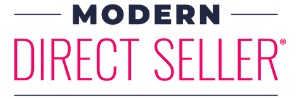
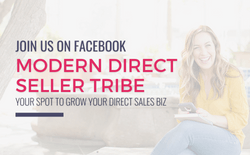

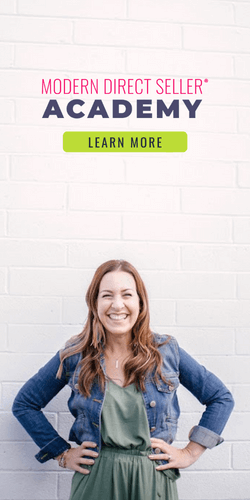

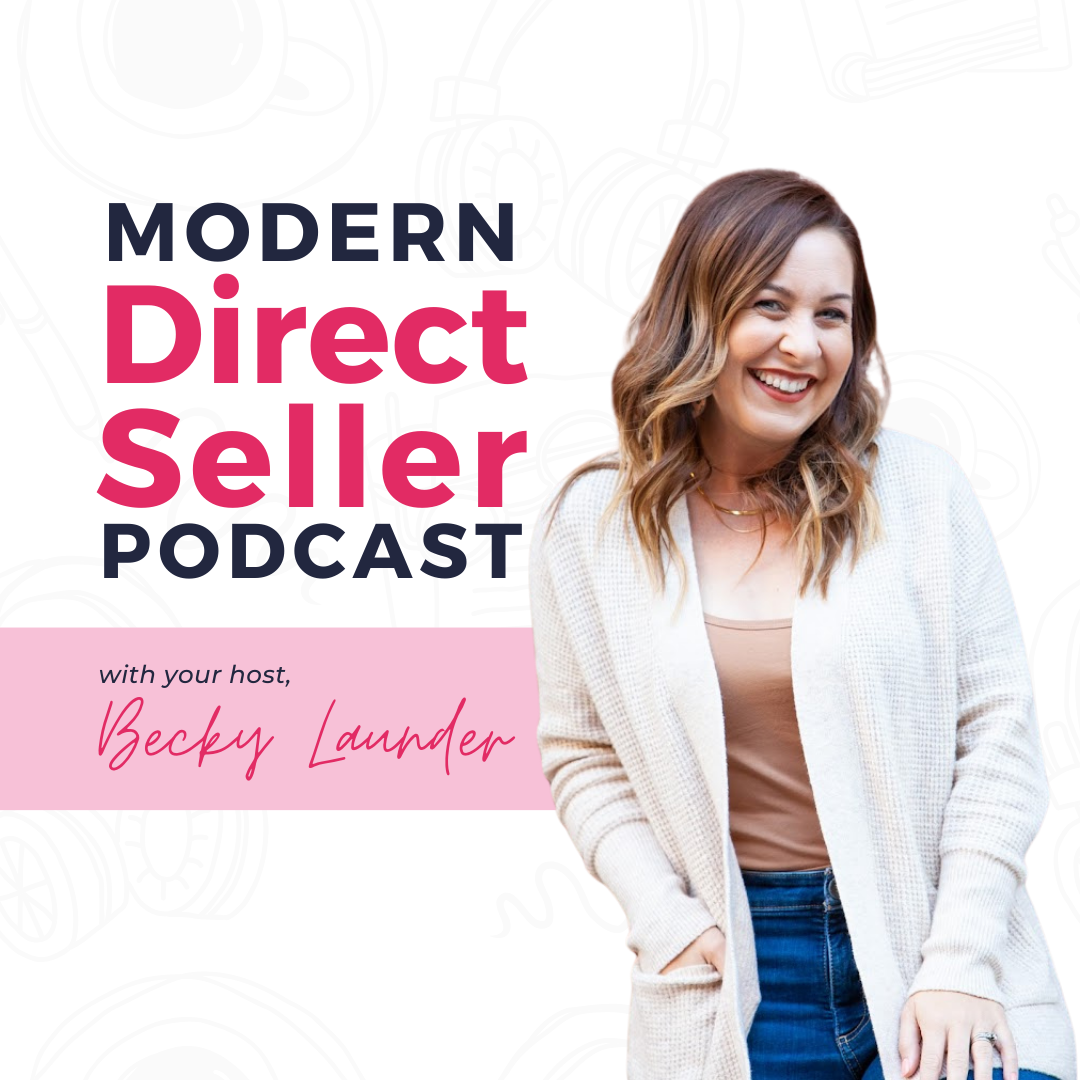
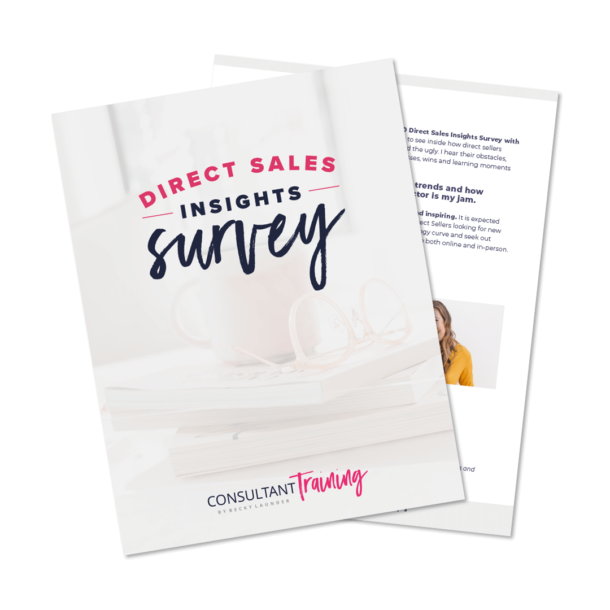

0 Comments